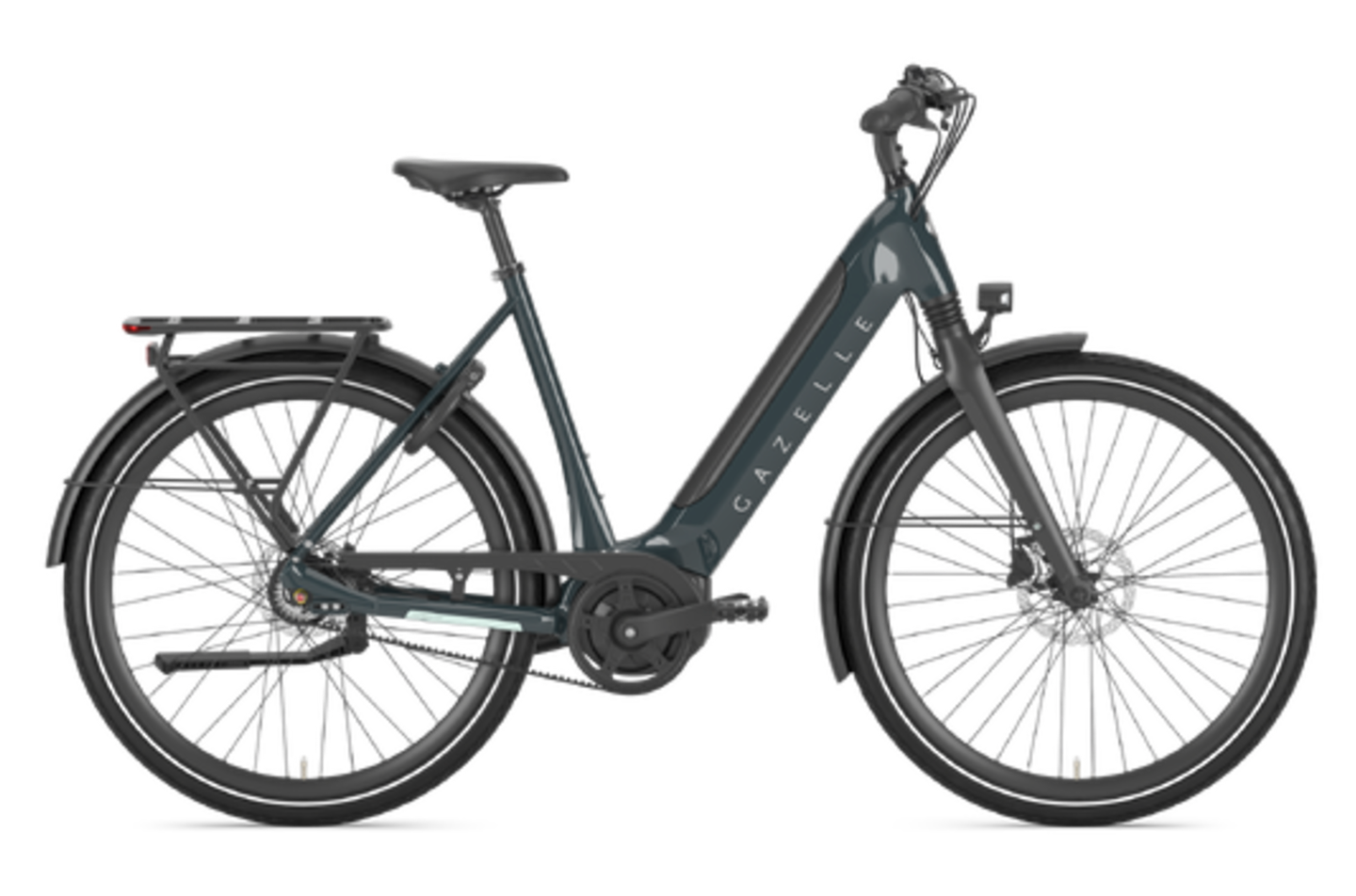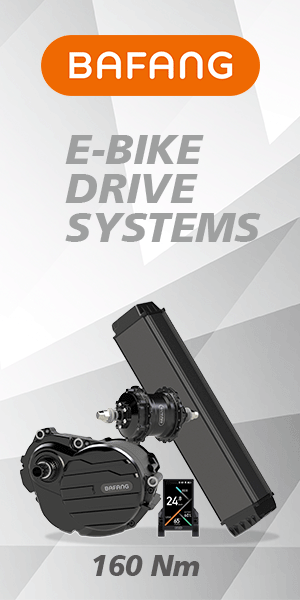October 29, 2020 - As e-bikes surge in popularity, the accessibility of charging options is more relevant than ever in both urban areas and cycling tourism destinations.

All e-bikes come with a charger that has a unique connector to the port on the battery, a rectangular voltage regulator box, and a standard plug for any outlet in your country. General charging times can vary from 3-8 hours depending on battery size and the charging system. Some e-bikes offer removable batteries, which allows for more flexibility.
Charging the battery on an e-bike can be as straight forward as plugging it in at home, yet that is not an option for all excursions. The fear of having an insufficiently charged battery is known as range anxiety. While it’s typically less of a concern for short local trips, people with longer commutes or cycling tourism journeys prefer to know where they can charge their e-bike battery, and would benefit from a supportive network of charging infrastructure.
Locations that offer a power source such as coffee shops, train stations and hotels are often highlighted as charging options, but they’re not universally accessible or accommodating. As e-bike usage increases, the need to integrate suitable charging station options is growing around the world.
Current e-bike charging stations vary in design and include small lockers that allow you to securely charge your e-bike battery, bike racks with attached sockets, and independent charging stations with their own cable systems. Many of the current options appear to be free to use.
This German-based website, also available as an app, includes a map of the e-bike charging stations available in Germany, Austria and Switzerland along with great information on e-bike types, batteries and motors. There are well over 3,000 stations listed and many of them are near tourist destinations, restaurants and museums so there are various options to support local businesses while waiting for your battery to charge. Most of the stations are located outside and are available 24 hours a day.
Bosch has a similar initiative with a map of e-bike charging stations in select tourist areas. Launched in 2018, their PowerStations are located in Germany, Austria and France and the company recently shared their plans to move beyond tourist regions and be part of the urban cycling infrastructure as well. Each PowerStation has six secure lockers where you can securely charge any Bosch battery for free.
Limited information is currently available on-line regarding publicly accessible e-bike charging stations in North America.
Conversely, there are an estimated 11,553 charging stations for electric cars across Canada and the federal government is investing $96.4 million in these stations across the country. In the United States, the Department of Energy reports that as of May 2019 there are 20,000 charging stations with over 68,000 outlets across the country. Statistica reports that number is up to 25,000 stations and 78,500 outlets as of May 2020.
As we
work to provide greener transportation options in North America, investing in a
network of e-bike chargers could generate substantial returns while also providing
more options to residents and tourists.

















